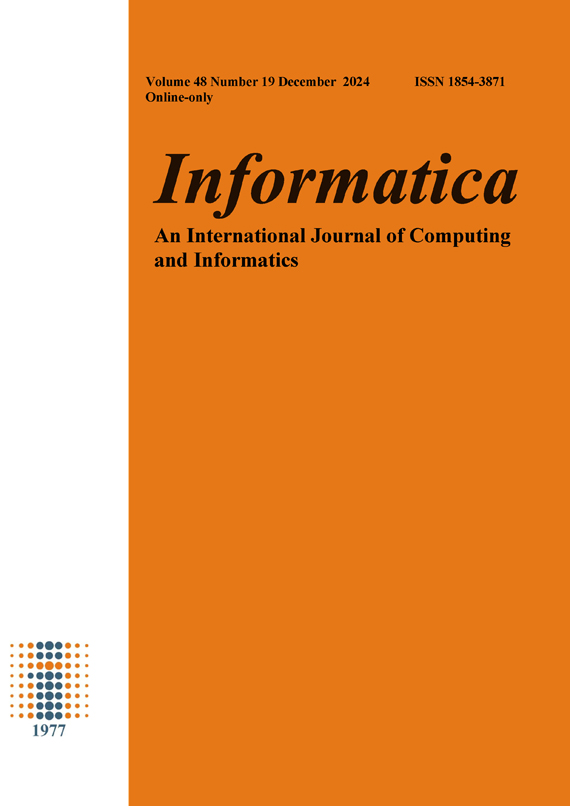Optimization Design of Hull Compartment Structure Based on 3D Modeling
DOI:
https://doi.org/10.31449/inf.v48i19.6432Abstract
In this study, a finite element model was constructed and the optimized design variables were obtained through sensitivity analysis to optimize the structure of ship compartments. Sample data were obtained through orthogonal experiments, and back propagation neural network algorithm was used to optimize the structure of ship compartments. However, traditional back propagation neural network algorithms are prone to converge to local minima. A study was conducted to optimize the algorithms through particle swarm optimization. By using the staged mutation strategy, the algorithm performance was further improved. The obtained algorithm was applied to cabin structure optimization. The results showed that compared to back propagation neural network algorithms based on particle swarm optimization, the research method had smaller optimal solutions for equivalent stress and shear stress. The minimum value of the optimal solution for equivalent stress in the research method was 0.167, which was 1.7041 less than the comparison algorithm. The maximum value of the optimal solution for shear stress in the research method was 0.0640, which was 0.9761 less than the comparison algorithm. After optimizing the design, the stresses of the cabin components were increased, but all stresses were within the allowable values. The equivalent stresses before and after optimizing the inner bottom plate were 140N/mm2 and 160N/mm2, respectively. The research method effectively improves the stress of cabin components and achieves structural optimization.
Downloads
Published
Issue
Section
License
I assign to Informatica, An International Journal of Computing and Informatics ("Journal") the copyright in the manuscript identified above and any additional material (figures, tables, illustrations, software or other information intended for publication) submitted as part of or as a supplement to the manuscript ("Paper") in all forms and media throughout the world, in all languages, for the full term of copyright, effective when and if the article is accepted for publication. This transfer includes the right to reproduce and/or to distribute the Paper to other journals or digital libraries in electronic and online forms and systems.
I understand that I retain the rights to use the pre-prints, off-prints, accepted manuscript and published journal Paper for personal use, scholarly purposes and internal institutional use.
In certain cases, I can ask for retaining the publishing rights of the Paper. The Journal can permit or deny the request for publishing rights, to which I fully agree.
I declare that the submitted Paper is original, has been written by the stated authors and has not been published elsewhere nor is currently being considered for publication by any other journal and will not be submitted for such review while under review by this Journal. The Paper contains no material that violates proprietary rights of any other person or entity. I have obtained written permission from copyright owners for any excerpts from copyrighted works that are included and have credited the sources in my article. I have informed the co-author(s) of the terms of this publishing agreement.
Copyright © Slovenian Society Informatika








